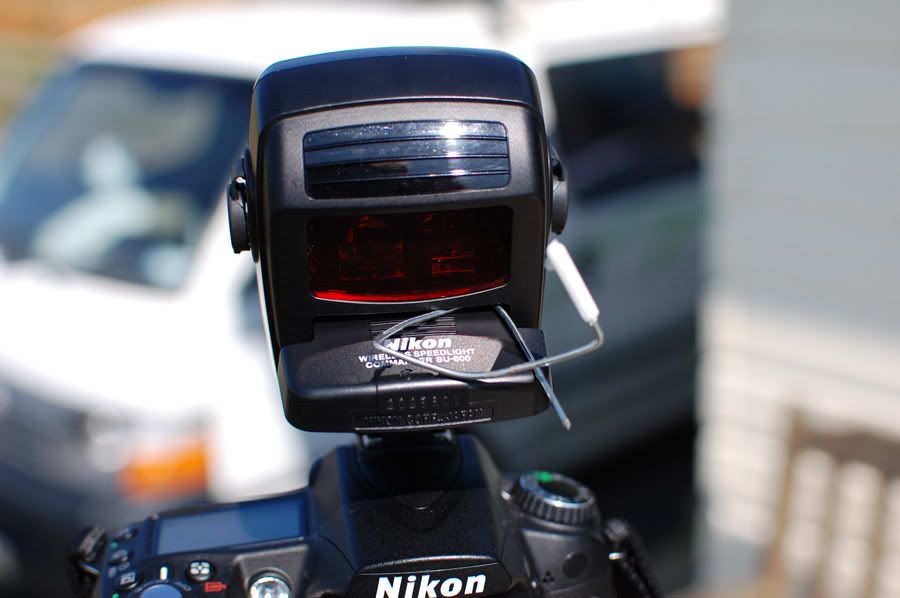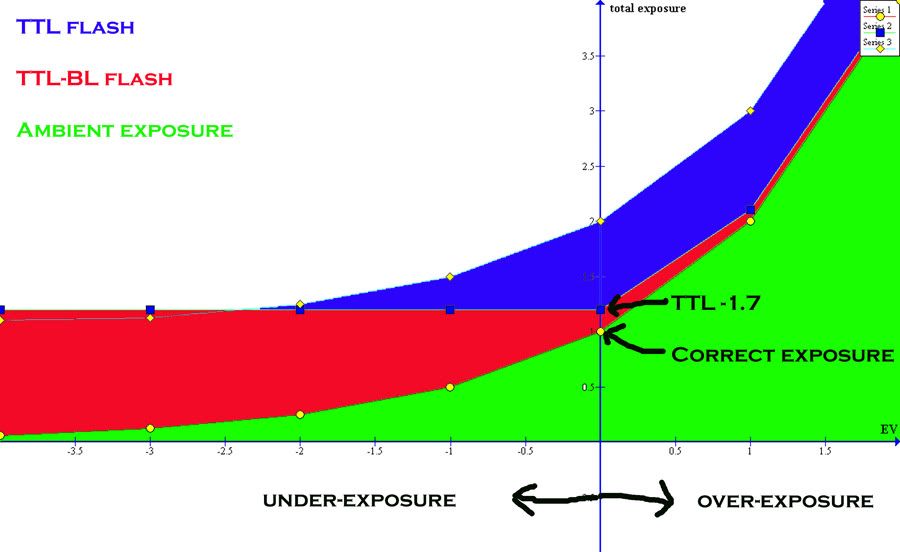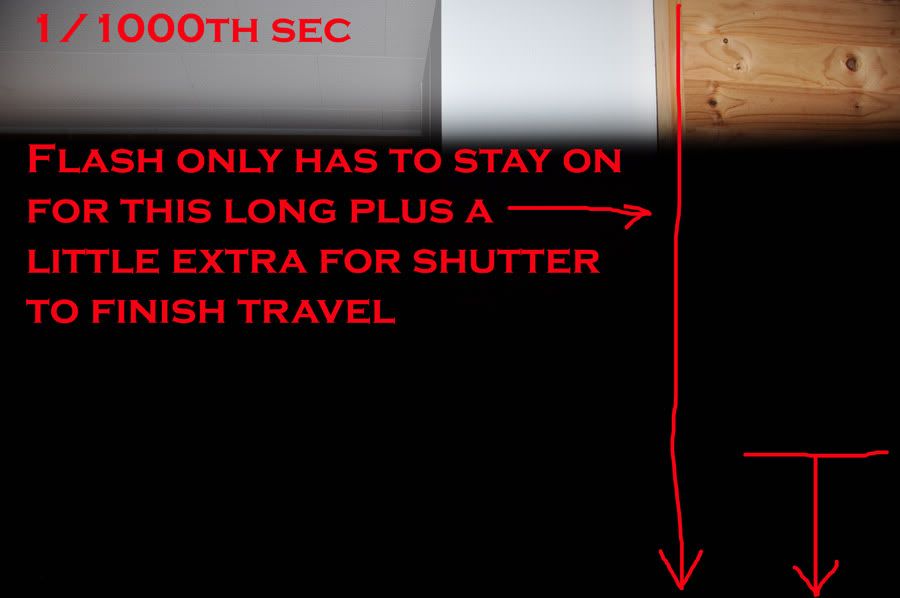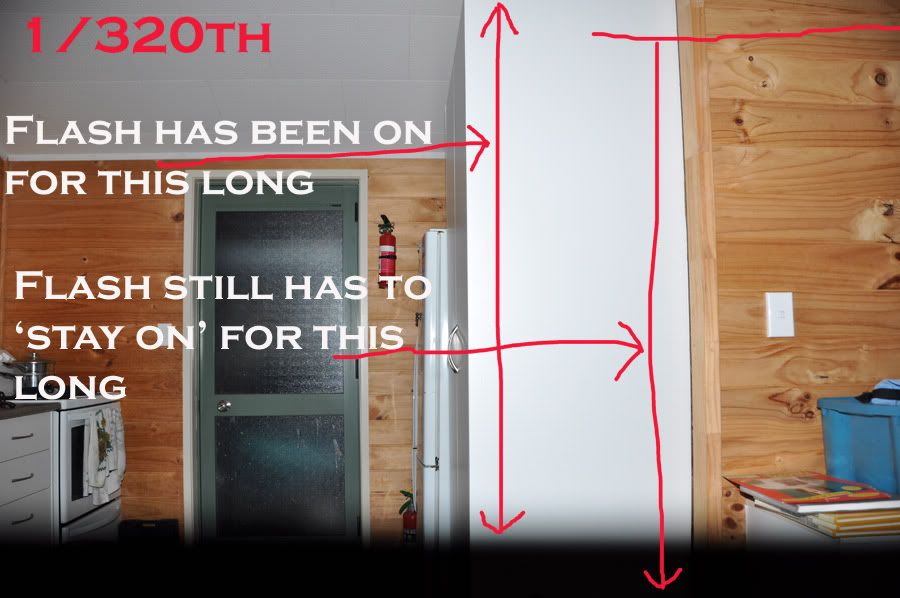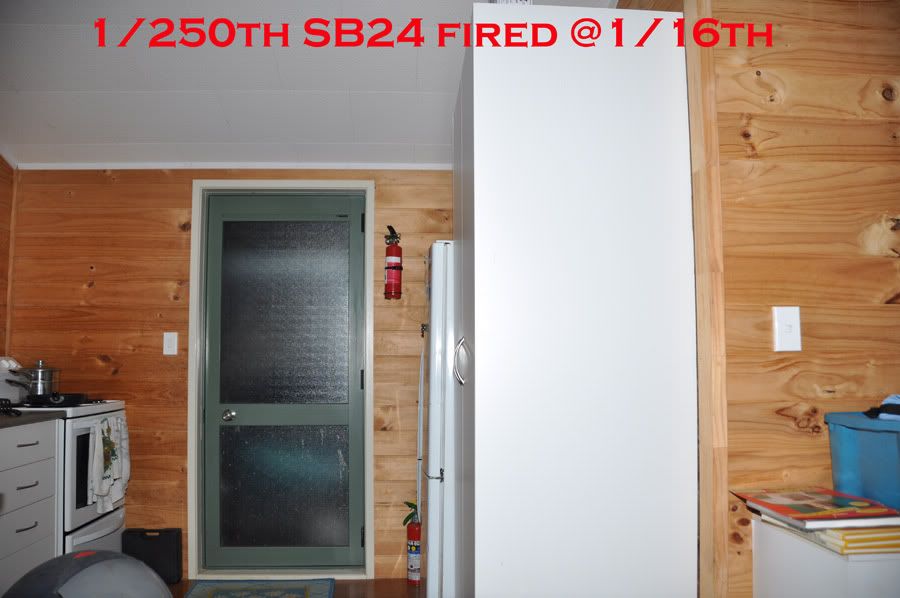A herd of elephants [progress] is walking toward an anthill [the photography industry] , one ant [stubborn photographer] stands on top and says "Hold on , I don't think you have the right to do this , it's unethical ! " .... we all know what the outcome will be because those elephants won't even notice the ant .... squish ! .
Do you read statements about digital 'cheapening the industry' ? Is that really the case or is it simply evolution of the industry ? Future generations will look back and say " Film really made photography expensive , luckily digital made it more affordable ! " - it's all relative to the observer and people are resistant to change especially if it means they need to adapt or get left behind .
I was speaking to someone who makes a living designing and building electronic components . He told me that he started off working on mechanical adding machines but when he saw the first electronic calculator released he realized that he had to adapt to the new technology or get left behind . If he was anything like today's professional photographers he would have tried to convince everyone to 'stand together against change' to save his job , but he was more intelligent than that and is now a successful electronics technician .
It's the same with the digital era except for the fact that change is happening faster which means we have to adapt faster or get left behind sooner .
More people benefit from these changes than those who lose out , and you will always have the stubborn die-hard's arguing ethics all the way to the poor house while the adaptable ones take their jobs .
When computers came out we were told they could do our jobs 10X faster .... did this mean we had more spare time ? No , it meant the boss could get rid of 9 people and give one person 10X as much work ! .... those other 9 people ? ...... they had to adapt .... and they did because nobody was going to stand against the introduction of computers that benefit everyone .
Did the photographers complain about those people who lost their jobs or did they embrace the technology along with digital photography that also made their job easier ? Did they insist they would stay with film to protect the jobs of people that work in that industry or did they embrace digital and exploit it to "milk" the industry with their knowledge of photography that , up till then , was a mysterious subject except for those who could afford a lot of time and money on film and developing ? No , they bought home printers that did other people out of jobs and forced them to adapt or get left behind .
A few years ago the first DSLR was released with video . The purists recoiled in horror and some stated they would never buy a camera with video mode .... I wonder what they will do when all the new cameras have it ? Some suggested that soon an editor would be able to send only one photographer and tell him to get stills and video footage , thereby doing someone out of a job ..... the mules dug their heels in and started arguing ethics again . Now there are people losing their jobs because they refused to adapt to the situation while the open-minded ones are getting the work because they embraced the new technology .
Then we have the professional wedding photographers who refuse to hand over all the images to the customer but rather 'whittle' down 2000 images to supply 300 to the customer , the pictures they don't mind other photographers seeing - while they delete precious memories that the customer could have had "in case another photographer sees their mistakes and they get a bad name" .
So what do they want then , a good name with other photographers or with customers ? Who pays the bills ?
Today things have changed to the point where someone can bypass all the previous obstacles and simply post a video of themselves singing on youtube and if everyone likes it they get famous - who needs all the purists in-between to analyze them and decide whether they are good enough for the consumers or not ? Now the consumers decide what they want before the purists get a chance to "show their superior knowledge" and tell everyone why they wouldn't give someone a chance at demonstrating their 'inferior' skills . This change has been good for the majority .
Go to the photography forums and post an image and watch it get torn to pieces for all its " technical deficiencies " that would prevent it winning a competition - and then show the customer and watch them put away all the "competition entries " as the "underexposed , badly composed , slightly out of focus " picture with uncle Albert actually laughing for a change becomes the one they put on their wall - the same image the purists would have deleted for fear of their peers seeing their imperfections .
I was telling someone preparing for a wedding that "to the chagrin of the professionals" I hand over all 1500 -2000 [ less about 25 deleted for serious imperfections] images to the couple and he assured me that he wouldn't hire a photographer who won't hand over all the images .... the consumers decide which path the industry will take these days .
The professional purists recoil in horror at the idea of doing this and dig their heels in and complain as the "weekend warriors" , as they call them , offer to do the wedding cheaper and hand over all images on disc ..... guess what , digital made it easier for everyone not just the elite few ! - [they also say that 1500 is too many .... well how long have the couple got to view them ? are they forgetting that ?] They tell us we should all "stand together" against this trend and refuse to give in to get things right again ..... and they slowly get swept away by the tide of change because they may as well leave $100 on the road with a note asking people to leave it there and hope that nobody takes it .... there will always be someone there to seize the opportunity if they don't adapt to change .
If professional photographers think they should be the only ones to benefit from new technology then they can think again , an open minded approach is needed now more than ever if they want to survive because now the consumer decides what they want regardless of what the purists think they will want .
On a recent discussion on a forum about someone not liking the way things were at work an apt expression came out :
"Suck it in or find another job!" .
14/11/2010
This got me thinking of a few other subjects that get on my nerves about the professional photography crowd .
Selective colour in images : I've never met a 'consumer' [ non photographer ] who doesn't absolutely love selective colour images - perhaps a bride in B&W with some colour still showing in the bouquet , if done properly this can look really good .
But in the 'early days' of photoshop the pro's did this to death and then decided that it was no longer cool and now 'detest' any image like this they see posted on the forums .
Hypocrites ! They all did it and now think that every bride has seen it before !? I read a discussion on a forum where an amateur was explaining that the couple had requested selective colour images and the pros were giving the advice that she should be firm with them and tell them she doesn't do that type of thing as it would harm her 'reputation' ... as what ? a hypocritical snob amongst the 'elite' ?
It makes me sick ........ then again maybe it is good because I will tell that couple that if they hire me I will do as many selective colour images they want and take the work away from the pros that care more about what other snobby photographers think than about what their customers think ! They still haven't realized that if they don't supply what the consumer wants they will slowly erode away into the history of stiff-necked narrow-minded casualties of change - goodbye and good riddance - and thanks for the work I get out of your demise ! .
Ok , now that's out of my system [ maybe I should put up an image of a badly done selective colour to really wind them up ! ] .... let's talk about microstock .
The early image libraries contained digital images that customers could buy for maybe $300 to use in a magazine - perhaps $50 to use in a local magazine or $20 for a very small image to use on their website .
Well with the way the industry is today media is being published at a rapid rate and this can't happen if images are so expensive - along comes microstock who says " Let's sell the images cheaper and in bigger bulk " ! So someone submits an image that now sells for $20 for the largest file size and $1 for a small file ..... and sells the same image 15000 times , at $1[?] a go , and makes $15000 from an image that might have made them $1000 trying to sell at a higher price .
Now there are many ways of selling images and some may say that they could have sold it with all sorts of licensing fees and costs and made one months wages on one sale .... in the ' old days ' maybe and depending on whether they would have made contact with that same customer who bought it on microstock .... and would that customer pay so much for it from them if they could get a similar image on microstock for much , much less ? Wake up , things change , it's isn't wrong the way the industry is headed it's just evolving with technology so keep up or get left behind - and digging your heels in will mean you definitely get left behind .
Many things are changing ,[ have I mentioned this yet ?] those professional 2 megapixel cameras that people bought for $10000 are being left behind by the 14 megapixel entry level cameras that cost $600 and now everyone's a photographer and nobody cares about the pedantic opinions of professional photographers as to what makes a good image - if it looks good to people who will pay money for it then it's good enough for them .
So is that un-ethical for those who took out another mortgage on their homes to fund their proposed career in photography ?
It depends on their reason I suppose , did they invest in all the gear to see what good they could do for humanity or did they think "Here's a chance to make a killing out of all those suckers who don't know about photography" .... and now the technology they wanted to exploit for their benefit has bitten them in the butt because it also made it easy enough for ''those suckers'' to take their own images that are acceptable enough for their use .
Don't talk to me about quality and standards because we no longer live in a society that can put up with having the Mona Lisa in one spot on their wall for years on end , before cameras people had no choice in the matter because it took so long to get a decent image people obsessed about it and had the time to do so - and then had to put up with the same boring 'perfect' piece of art on their wall .
Now a photographer obsesses about one image while the average consumer flips through 300 images they took on their day at the beach .
Times are changing faster than ever , give the consumer what they want , more images with less fuss about image quality , and you will survive . If you have the time to obsess about image quality then do so - if not just make sure you get the shot because that is all the customer wants to see , before they flip through the other 2000 images and forget that one shot you worried so much about .
If you miss that one important shot because you were fussing about perfection and "the right kind of light " they will be angrier than they would be if you got the picture and it wasn't quite 'perfect' .
You don't want to hand over 2000 images because it's not 'cool' with your peers ? No problem , I'll do it then along with a bunch of selective colour images :) - you can go back to obsessing about one image in the unemployment queue .
.








 It
It











